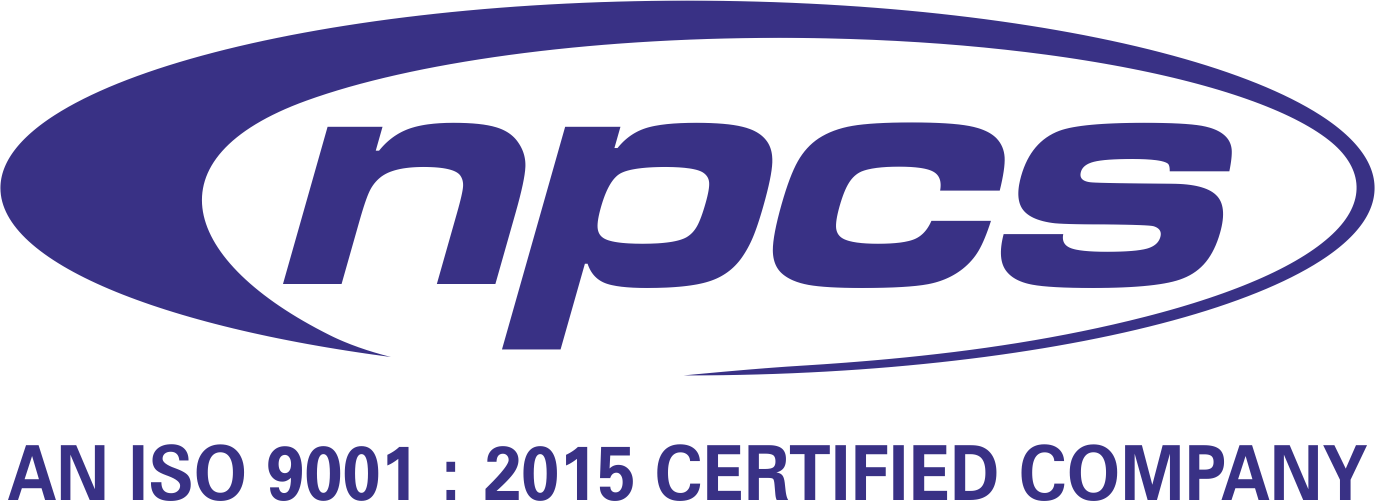In a world increasingly defined by modern architecture, smart technology, and sustainable solutions, flat glass plays a vital role in shaping the future. From residential windows to high-tech skyscrapers, solar panels to car windshields, the demand for flat glass is growing at a remarkable pace. If you’re an entrepreneur or investor wondering whether now is the right time to dive into the flat glass manufacturing business, the signs point toward opportunity—but not without careful consideration.
This article explores the current state of the flat glass industry, market drivers, challenges, and whether now is a strategically sound moment to enter the business.
Understanding Flat Glass
Flat glass, also referred to as sheet glass or plate glass, is manufactured in flat sheets and is typically used in buildings, vehicles, solar panels, and various consumer goods. It is usually made using the float glass process, where molten glass is poured onto a bed of molten tin to achieve a smooth, uniform thickness.
Unlike container glass used for bottles and jars, flat glass is all about utility and clarity. Applications range from simple architectural windows to complex laminated or tempered safety glass in cars and high-rise buildings.
Market Overview: A Growing Industry
The global flat glass market was valued at over USD 100 billion in 2023 and is projected to grow at a compound annual growth rate (CAGR) of around 6–7% over the next decade. The primary growth factors include:
- Construction Boom: Rapid urbanization in emerging economies like India, China, and parts of Africa is driving the demand for glass in residential and commercial buildings.
- Automotive Growth: Rising automobile production globally boosts demand for automotive flat glass.
- Solar Energy Expansion: Flat glass is a key component in photovoltaic panels, and the clean energy push is accelerating its consumption.
- Smart Glass Trends: Smart windows and glass facades are increasingly used in modern buildings, adding to the demand.
This growth potential, coupled with technology advancements in manufacturing, makes the sector increasingly attractive.
Why Consider Flat Glass Manufacturing Now?
1. Construction and Infrastructure Investments
Many countries are investing heavily in infrastructure to stimulate economic growth post-pandemic. High-rise buildings, residential complexes, and commercial centers require large volumes of flat glass for windows, facades, and interiors. The global shift toward sustainable building materials, including energy-efficient glass, is amplifying this demand.
2. Rise of Solar Energy Projects
With global climate goals and increasing energy costs, governments and corporations are prioritizing renewable energy. Solar panels, which rely on flat glass for efficiency and protection, are becoming more common. According to the International Energy Agency (IEA), solar PV could account for over 20% of the global power supply by 2050—an immense opportunity for glass manufacturers.
3. Automotive Sector Rebound
Although the automotive sector faced a downturn during the pandemic, it’s on a strong recovery path. Electric vehicles (EVs), in particular, are seeing rising demand. Modern cars use more glass than ever before—panoramic sunroofs, HUDs (heads-up displays), and advanced safety features all rely on specialized flat glass.
4. Smart Glass and Architectural Innovation
From self-tinting windows to glare-reducing facades, flat glass technology is evolving rapidly. The integration of IoT, sensor-based glass, and energy-efficient coatings is transforming traditional glass into high-value components. For manufacturers, this shift opens the door to producing specialized, high-margin glass products.
Challenges in the Flat Glass Industry
Despite the potential, the business is capital-intensive and not without risks. Here are key challenges to consider:
1. High Initial Investment
Setting up a flat glass manufacturing plant requires significant capital for equipment, raw materials, and skilled labor. A float glass plant, for instance, can cost upwards of $100 million depending on capacity and technology.
2. Environmental Regulations
The glass manufacturing process involves high energy consumption and emissions. Stricter environmental norms in many countries mean additional costs in the form of pollution controls, certifications, and cleaner technologies.
3. Supply Chain Vulnerabilities
From soda ash to silica sand, the flat glass manufacturing process depends on a stable and cost-effective supply of raw materials. Disruptions in logistics or pricing can severely impact profit margins.
4. Competition and Price Sensitivity
The market is highly competitive, especially with established global players dominating the scene. Margins can be thin, and profitability often depends on achieving economies of scale and offering specialized or value-added products.
Opportunities for New Entrants
While entering the flat glass manufacturing business involves hurdles, it also presents unique opportunities for those who innovate or focus on niche markets. Here are some areas where new businesses can excel:
1. Green Building Glass
The demand for low-emissivity (low-E), double-glazed, and thermally insulated flat glass is growing. Builders are actively seeking eco-friendly options that reduce heating and cooling costs.
2. Custom and Decorative Glass
From digitally printed glass to stained and frosted finishes, custom glass for interiors and boutique projects is in demand. Smaller players can capture market share in this segment with less capital than a large-scale float plant would require.
3. Automated and Smart Glass
Smart glass that reacts to heat or light is becoming increasingly popular in both homes and offices. New businesses can partner with tech companies to produce or co-develop these products.
4. Localization in Emerging Markets
In regions where flat glass still needs to be imported, there is a gap for domestic manufacturing. Governments often provide incentives for setting up local manufacturing units, making such markets ripe for entry.
Steps to Start a Flat Glass Manufacturing Business
If you’ve assessed the opportunities and challenges and still see potential, here’s how to move forward:
-
Conduct Market Research
Identify your target market—architectural, automotive, solar, or specialty—and understand the competition. -
Develop a Business Plan
Factor in investment, location, raw material sourcing, labor, and potential ROI. Decide whether to build a full-scale float glass plant or a smaller processing unit. -
Secure Funding
Options include equity investors, bank loans, or government subsidies for industrial projects. -
Choose the Right Technology
Whether float, rolled, or sheet-drawing processes, pick based on your product line and scale. -
Obtain Licenses and Compliance
Environmental clearances, zoning permissions, and safety certifications are essential. -
Hire Skilled Workforce
Engineers, chemists, and technicians with experience in glass production will be key to your success. -
Focus on Quality and Innovation
Invest in R&D to stay ahead of competitors and create value-added products that command premium prices.
Conclusion: Is Now the Right Time?
The answer is a cautious but optimistic yes.
The global shift toward smart buildings, green energy, and technologically enhanced infrastructure places flat glass at the heart of modern development. While the initial investment and competition are steep, the long-term outlook is favorable—especially for entrepreneurs willing to innovate, specialize, or localize in underserved markets.
Whether you’re considering entering with a full-fledged manufacturing facility or starting smaller with glass processing or finishing services, the key lies in timing, planning, and carving out a niche. If you’re equipped with the capital, vision, and resilience to handle the challenges, now could be an opportune moment to establish a stronghold in the flat glass industry.
Visit the page Select and Choose the Right Business Startup for You for sorting out the questions arising in your mind before starting any business and know which start-up you can plan.
We, at NPCS, endeavor to make business selection a simple and convenient step for any entrepreneur/startup. Our expert team, by capitalizing on its dexterity and decade’s long experience in the field, has created a list of profitable ventures for entrepreneurs who wish to diversify or venture. The list so mentioned is updated regularly to give you a regular dose of new emerging opportunities.





